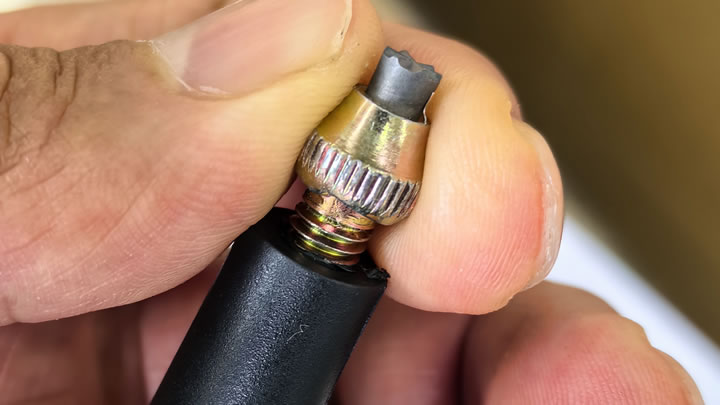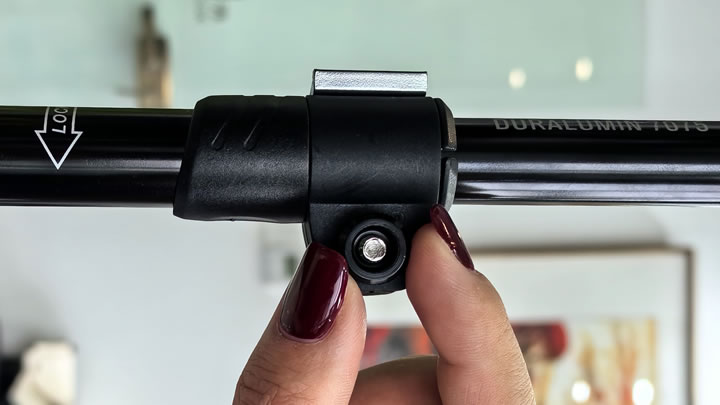What is the Lifespan of a Typical Walking Pole?
Investing in a quality pair of walking poles naturally leads to the question: how long can I expect them to last? The lifespan of a typical walking pole isn't measured in time, but in miles hiked, terrain conquered, and the quality of care provided. While a well-maintained pole from a reputable brand can serve you faithfully for 5 to 10 years or more, the actual longevity hinges on a combination of factors including materials, usage patterns, and maintenance rituals.

Key Factors Determining Walking Pole Longevity
- Material Composition: The Core of DurabilityAluminum (6061 or 7075 Alloy): Known for its "bend-but-don't-break" durability, aluminum is the workhorse of the pole world. It can withstand significant impacts and rough treatment. A quality aluminum pole can last a decade or more with proper care, though it may show its age with dents and bends. Its primary failure mode is usually gradual wear rather than sudden catastrophic failure.Carbon Fiber: Prized for its light weight and vibration dampening, carbon fiber has a different lifespan profile. It is exceptionally strong along its axis but vulnerable to sharp, lateral impacts. A carbon pole can last just as long as aluminum if used primarily on trails and treated gently. However, a single mishap—jamming it in a rock crevice or a heavy sideways fall—can cause it to snap unexpectedly.
- Frequency and Intensity of UseA pole used for weekly mountain ascents will have a much shorter lifespan than one used for monthly park walks. Thru-hikers covering thousands of miles in a single season might wear out a pole in a year, while a casual hiker might use the same pair for a lifetime. The constant planting, pushing, and occasional catching of falls adds cumulative stress.
- Terrain: The Silent Contributor to WearAbrasive surfaces are the enemy of your poles. Hiking on:Sand and Grit: Acts like sandpaper on the lower shafts and can infiltrate locking mechanisms.Rock and Pavement: Rapidly wears down the hard carbide tips and can scratch anodized coatings.Salt Water: Can accelerate corrosion in metal components, especially in locks and threads.
The Lifespan of Individual Components
A pole's overall life is often determined by its weakest link. Understanding the lifespan of individual parts is key:
- Shafts: The longest-lasting component. With no major impacts, the shafts (especially aluminum) can effectively last indefinitely.
- Locking Mechanisms (Flick-Locks/Twist-Locks): These are often the first point of failure. Dirt, moisture, and constant use can lead to slipping, sticking, or complete failure. With regular cleaning and lubrication, a good flick-lock can last 5-8 years.
- Tips (Carbide/Tungsten): These are consumable items. Depending on use, they may need replacement every 1-3 years. Walking on pavement dramatically accelerates wear.
- Grips and Straps: Foam grips can degrade and tear after 3-5 years of heavy use. Cork grips often last longer and mold to the user's hand. Straps can fray or the buckles can break after several years.
Signs Your Walking Poles Are Nearing the End
Watch for these red flags that indicate it's time for a replacement or major repair:
- Persistent Lock Failure: The mechanism no longer holds securely, even after thorough cleaning and adjustment.
- Visible Damage to the Shaft: Deep scratches on carbon fiber (which can become failure points), significant dents or bends in aluminum that affect performance, or any signs of cracking.
- Excessive Wiggle or Play: When extended, the sections wobble significantly, indicating worn-out tolerances or internal damage.
- Severe Tip Wear: The carbide tip is completely gone, and you are walking on the metal stud or even the pole shaft itself.
How to Maximize Your Walking Poles' Lifespan
You have significant control over how long your poles will last. Adopt these habits:
- Clean After Every Use: Wipe down shafts and, crucially, clean dirt from locking mechanisms.
- Store Properly: Keep poles in a cool, dry place. For telescopic poles, store them partially extended to relieve tension on the locks.
- Use Rubber Tips on Pavement: This simple practice saves your carbide tips from rapid, unnecessary wear.
- Perform Regular Maintenance: Periodically lubricate locking mechanisms with a silicone-based lubricant and check all components for tightness.
- Replace Worn Parts Promptly: Don't wait for a completely worn tip to damage the pole shaft. Replace consumable parts like tips and baskets as needed.
In conclusion, there is no single expiration date for a walking pole. Treat them as a long-term investment. By choosing the right material for your needs, using them appropriately, and providing consistent, simple maintenance, you can ensure your trusted trail companions are with you for thousands of memorable miles.






